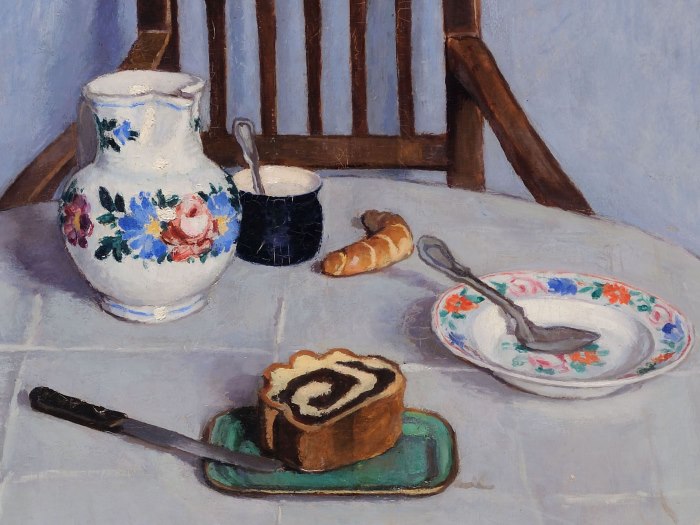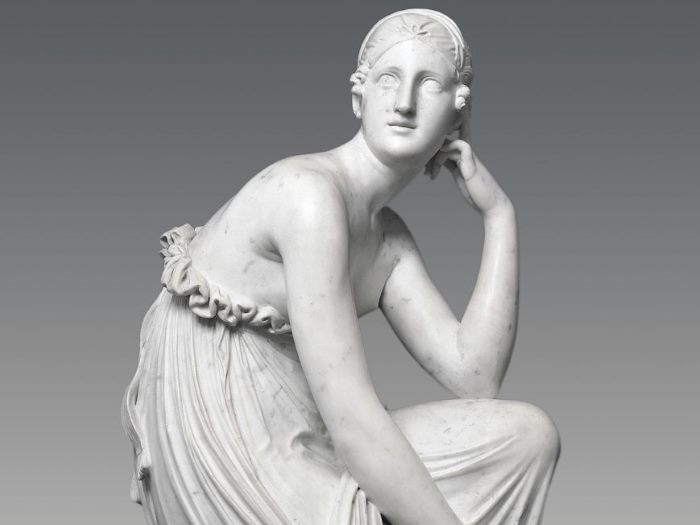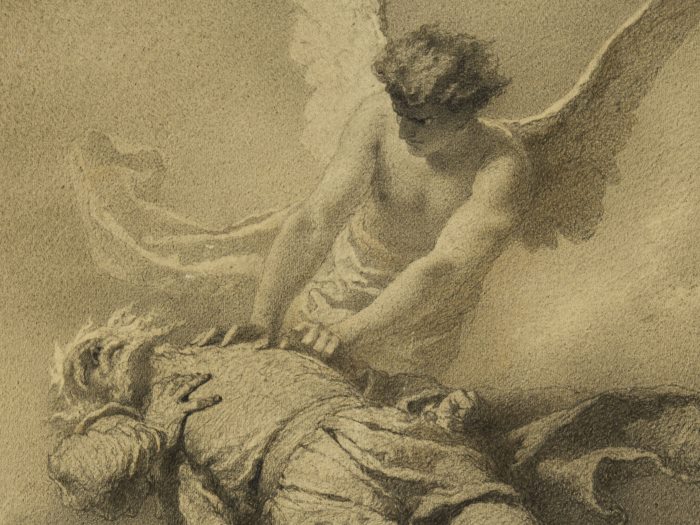We use cookies to provide you with the best possible service and a user-friendly website.
Please find our Privacy Policy on data protection and data management here
Please find more information on the cookies here
The Contemporary Collection of the Hungarian National Gallery has been collecting Hungarian artworks from 1945 to the present day. It aims at becoming an assemblage that is capable of presenting, next to overall tendencies, styles and outstanding artists, artistic phenomenon that used to and still characterise the artistic life of Hungary in the last few decades.
When the Hungarian National Gallery moved to the former royal palace in the Buda Castle in 1974, adequate conditions arose to display contemporary art in exhibitions that also show the continuity of the history of Hungarian art, including the characteristics connected to the era before World War II. The primary task of the Department of Contemporary Hungarian Art established at that time was to collect and display works made after 1970 and owned by the institution since 1974. However, the bequests of prominent artists acquired by the Gallery at that time had the temporal limits reconsidered: the considerable art works by Béla Kondor, Lili Országh and Menyhért Tóth pushed the boundaries of the collected era further back, so based on the profile we now follow, we preserve “contemporary” works starting from 1945.
The development of our collection had several phases: in the different periods, the aim was to collect artworks of different nature, in accordance with the development of the all-time cultural policy. After 1974, the enrichment was based on purchases by the Művészeti Alap (Art Foundation), thus this national organisation could not only patronize less preferred artists in the 1960s and 70s, but could also provide public collections with modern and contemporary art. From the end of the 1970s, the professional staff of the museum was allowed to make recommendations and later, they were more and more involved in the work of the purchasing committees. Purchasing straight from artists’ studios was also possible, thanks to which works by progressive and Avant-Garde artists of that time could also get into public collections, next to “supported” artists. By the means of professional relationship with the Ministry, major works of the 1960s were successfully made part of the collection as well.
Since 1990, the development of the collection has been assisted by the National Cultural Fund of Hungary and individual purchases by the museum. The aim is still the versatile art historic documentation which signifies the changes in the ethos of the period with, among others, the multifariousness of the collected mediums. Currently displayed on the third floor of the National Gallery is our assemblage entitled Shifts, which presents the artistic tendencies and outstanding achievements of the last seventy years through a selection from our collection of 12,000 pieces. Apart from parallel stylistic tendencies, the exhibition reflects on the local history of exhibitions as manifestations of art history and the significance of the presentation of contemporary art by the Hungarian National Gallery in 1974.







